TRUSTED BY OVER 1K+ COMPANIES







Need to quickly test out the market with low-volume parts? Or want to create large quantities of production parts? Then you can’t go wrong with our plastic injection molding service. At 3ERP, we produce high-quality prototype moldings from aluminum molds with quick turnaround times. Our customers can test out their designs for manufacturability, functionality and marketing, fast. We also offer plastic injection molding for your high-volume production needs.
SERVED
SERVED
MADE
IN BUSINESS
Why 3ERP is your best option for plastic injection molding
With years of experience creating molded plastic parts for our customers, 3ERP provides many advantages over other companies. We offer a truly end-to-end plastic injection molding service, from design to production, always guaranteeing the highest quality.
Here are four reasons why 3ERP is your best option for plastic injection molding — whatever the parts, whatever the scale.
See why Our Customers love us
“ 3ERP is the most reliable plastic molding company we have used. After seven orders, they haven’t let us down in terms of quality or delivery. I wouldn’t hesitate to recommend them to other companies looking for rapid-molded parts.”

“ I had a project with a couple of complex plastic molding parts. 3ERP took care of it without any fuss: DFM confirmation, T1 samples confirmation, then the final parts arrived quickly. Overall, working with them was really easy.”

“ Thanks for shipping out our molding parts so quickly! Quality was high, as expected, and the laser engraving and pad printing finishes were especially good. We plan to use 3ERP again for plastic moldings.”

Additional Plastic Injection Molding Options
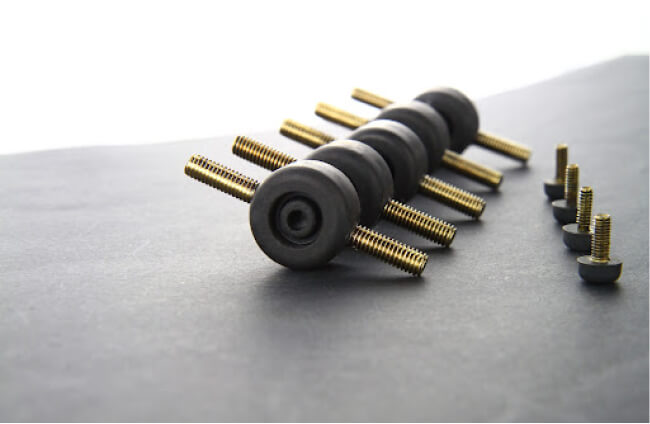
Overmolding
Overmolding is a form of custom plastic injection molding during which the plastic injection molding company creates a part from multiple materials. The process adds an injection molded layer of material over an existing injection molded workpiece, producing chemically bonded parts made from multiple materials.
The overmolding process can be used to build layered parts from scratch or to add a resistant outer layer to existing plastic parts and tools, providing a more rugged exterior. Toothbrushes consisting of a solid plastic body and rubberized grip are a common example of an overmolded product.
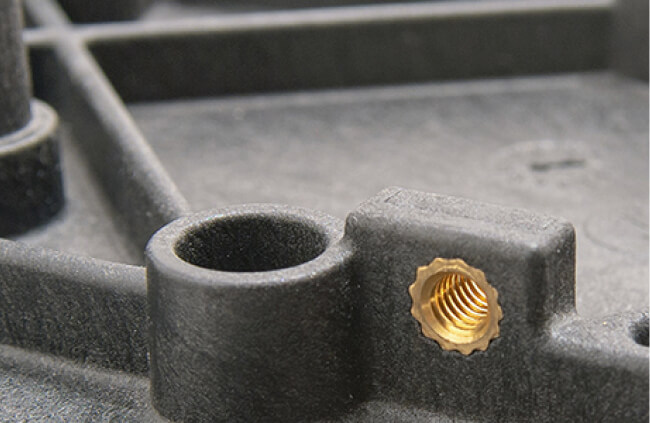
Insert Molding
Insert molding is similar to overmolding, but the substrate is not necessarily plastic and does not have to be produced via injection molding. For example, insert molding can be used to add a plastic coating to a pre-fabricated metal part like a blade or threaded insert.
Common parts made by insert molding include sharp handheld tools, such as scalpels, which consist of a metal blade partially housed within a plastic handle. Insert molding is also frequently used to create products that incorporate bushings, clips, and fasteners.
Your Journey With
3ERP
Injection Molding Plastic
Our plastic injection molding service supports the manufacture of parts in a range of molding materials. These include rigid plastics like ABS, flexible plastics like TPE, and mixed materials like PC-ABS. We can also obtain specialty materials and create custom material and pigment blends to suit your order.
Rigid plastics
The majority of injection molded parts are made from rigid thermoplastics. These include inexpensive and versatile plastics like ABS and PP, as well as naturally transparent plastics like PC and acrylic and high-strength plastics like POM. Other rigid plastics for injection molding include nylon, PET, and PS.
Flexible plastics
Flexible plastics can be used to make soft or bendy injection molded parts that behave like thermoset elastomers. The most common materials in this category are TPE, which is available in a wide range of hardnesses, and TPU, which is a firm and durable type of TPE. Another option for flexible moldings is LDPE, which also offers good chemical resistance.
Blends
Because injection molding uses plastic pellets as feedstock, plastic injection molding companies can easily mix blends of different materials (and color pigments). Common blends include PC-ABS, which offers excellent toughness and heat resistance, and PS-PPE, which is exceptionally ductile with good impact resistance.
Composites
Injection molding pellets can also be mixed with non-plastics, leading to composite injection molding materials. Such composites include glass-filled polyamide, which is very hard and strong with good creep resistance, and glass-filled polycarbonate, which offers high strength and stiffness with low thermal expansion.
Plastic Injection Molding Finishes
The most convenient way to apply surface finishes to moldings is to perform any necessary finishing on the metal mold. In this way, we can give the moldings different surface finishes such as matte, high-gloss, and various textures. Secondary finishes — applied to the finished moldings — are also an option.
Matte
Plastic injection molding companies like 3ERP can give a consistent matte finish to plastic injection molded parts — soft grip handles, for example — by carrying out techniques like sandblasting, chemical etching and EDM on the metal mold. The surface roughness of matte moldings typically ranges between 0.40 and 18.00 Ra µm.
Gloss
It is possible to make high-shine molded parts with a gloss finish — electronics housings, for example — using post-processing techniques like sanding, polishing, and diamond buffing. The lowest level of surface roughness for acrylic molded parts is around 0.012 Ra µm.
Texture
In addition to simple matte and gloss finishes, it is possible to add more complex textures to moldings, such as wood grain effect, mottling, curved or straight lines, or diamonds. 3ERP can add textures and finishes adhering to Mold-Tech (MT) standards, of which there are hundreds, as well as Verein Deutscher Ingenieure (VDI) and Society of Plastics Industry (SPI) standards.
Direct coloring
One of the biggest advantages of plastic injection molding is the ease with which parts can be colored. The most effective way to make color molded parts is to directly mix pigments with the material pellets before injection molding begins.
Secondary operations
Surface texture and coloration are typically controlled by actions taken prior to the injection molding process, but we can also perform a range of secondary operations on the moldings once they have been manufactured. Such operations include:
- Painting: For adding color to certain sections of the moldings
- Laser engraving: For adding engraved design or text to the moldings
- Silk-screening: For adding text, logos, or other visual elements to moldings (best for large surface areas)
- Pad printing: For adding text, logos, or other visual elements to moldings (best for small or uneven surface areas)
- Heat staking: For bonding two or more components (including delicate components)
- Ultrasonic welding: For bonding two or more components

Our
Quality promise
- GUARANTEED QUALITY EVERYTIME
Whether you’re a multinational corporation or a small company making its first prototype, we’ll take expert care of your injection molded parts. But don’t just take our word for it: our plastic injection molding service includes material certifications, first article inspection, and full dimensional reports to make sure your plastic moldings turn out just right.
Learn More About Plastic Injection Molding
What is plastic injection molding
Plastic injection molding is a manufacturing process mainly used to make plastic parts in large quantities. Used by many industries for a wide variety of parts, plastic injection molding produces more thermoplastic parts per year than any other plastic manufacturing process.
The plastic injection process requires a metal mold and an injection molding machine. Plastic pellets are heated to melting point, then forced into the mold, where the material cools and solidifies, assuming the shape of the mold cavity.
The most common materials for plastic injection molding are thermoplastics such as ABS, nylon, and acrylic. However, it is also possible to mold thermosets and elastomers.
Plastic injection molding can produce parts in a range of sizes, from bottle caps to large automotive panels, but it is best suited to thin-walled parts, because thick sections of molded plastic are more likely to deform as they cool down inside the mold.
How it works
The process begins with the plastic injection molding manufacturer creating a two-part metal mold, typically by precision machining steel or aluminum. An injection mold can last from around 500 to a million injections of plastic, depending on its material and construction.
The plastic injection molding company then sets up the tooling in an injection molding machine. The chosen plastic material — in pellet form — is placed in the machine’s hopper, from which it is gradually dispensed into a heated barrel and mixed with a reciprocating screw or auger. The screw is used to force the now-molten plastic toward the nozzle of the barrel. The liquid plastic then exits the nozzle and enters the mold cavity via a sprue and a network of channels called runners.
Once inside the mold, the liquid plastic rapidly cools down and hardens, becoming a solid plastic part shaped like the mold cavity. The mold is opened, and the finished part is taken out of the mold with the aid of ejector pins.
Applications and benefits
Regular users of plastic injection molding services include automotive, aerospace, industrial, medical, and consumer goods companies. Common plastic injection molded parts include medical devices, automotive panels, food containers, packaging, and toys.
The benefits of using plastic injection molding companies to make molded parts include:
- Economy of scale: Once the mold has been made, each plastic molding is rapid and inexpensive. Plastic injection molding manufacturers can make tens of thousands of duplicate parts at very low cost.
- Surface finish: The injection mold can be post-processed to adjust its surface finish: smooth, matt, or whatever texture is required. Each molding from the mold will then come out ready for use, without itself requiring post-processing.
- Fine details: Because the molten material is injected at high pressure, it reaches every tight corner of the mold cavity. This allows for detailed parts with fine features, even at a very small scale.
- Strength: Plastic injection molding produces relatively strong plastic parts — stronger than comparable parts built using an FDM 3D printer, for example.
- Multi-material parts: Using specialist techniques like overmolding and insert molding, it is possible to make custom plastic injection molding parts with components made from different materials.
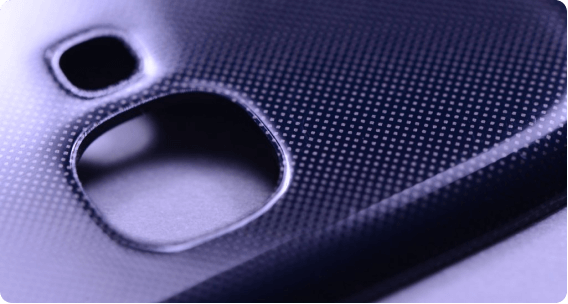
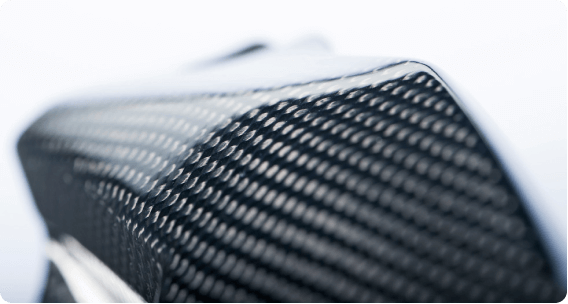
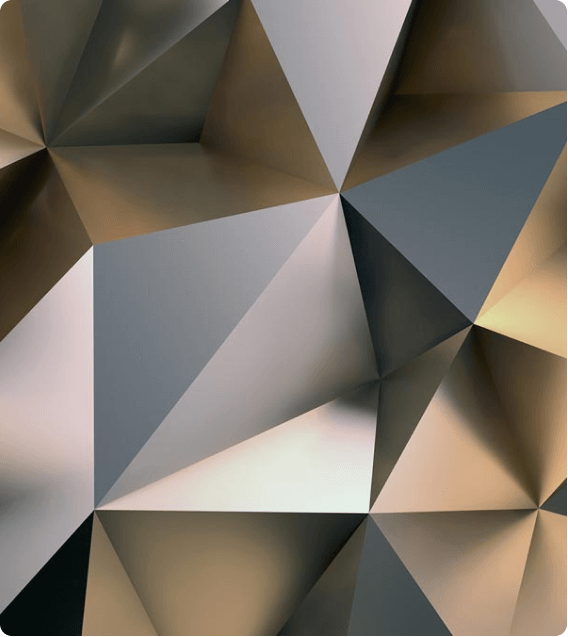
FAQs
Injection molding plastics can be rigid, flexible, or combinations of multiple materials. This unmatched versatility is what makes custom plastic injection molding so popular and suitable for some of the most demanding industries in the world.
The plastic injection molding company melts down plastic pellets then injects the liquid into a mold, where the material cools and assumes the form of the mold cavity. The process allows for high precision, tight tolerances, and excellent repeatability.
Injection molding is one of the most affordable ways to manufacture large quantities of parts, especially for bigger production runs. Even though designing and creating the mold can take time, after that, the process becomes very affordable and efficient.
